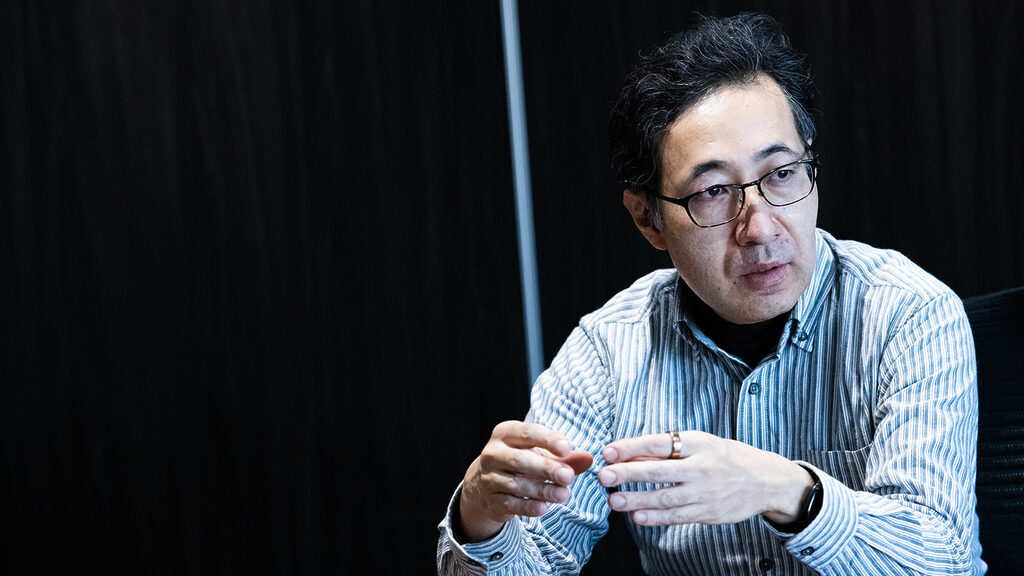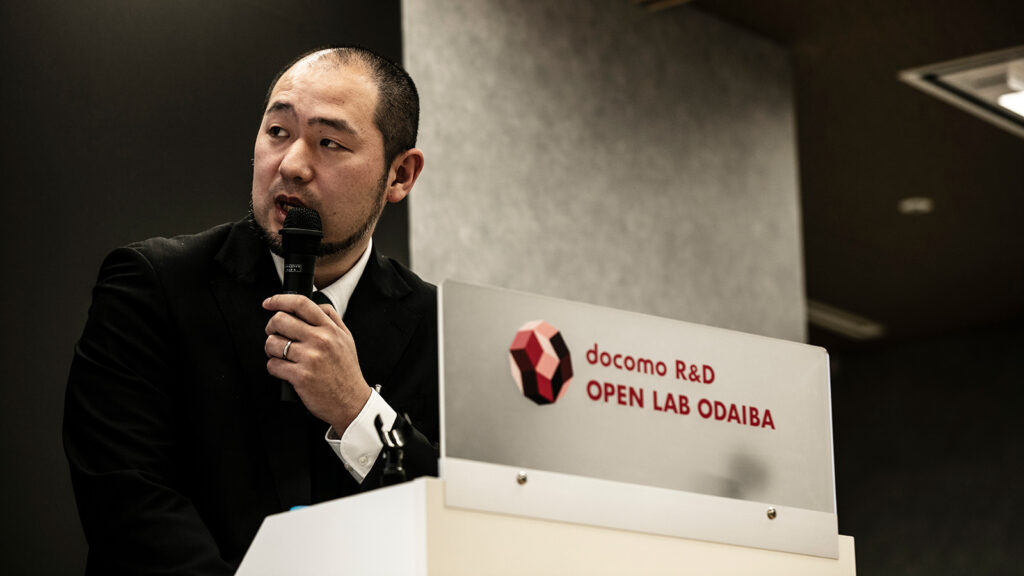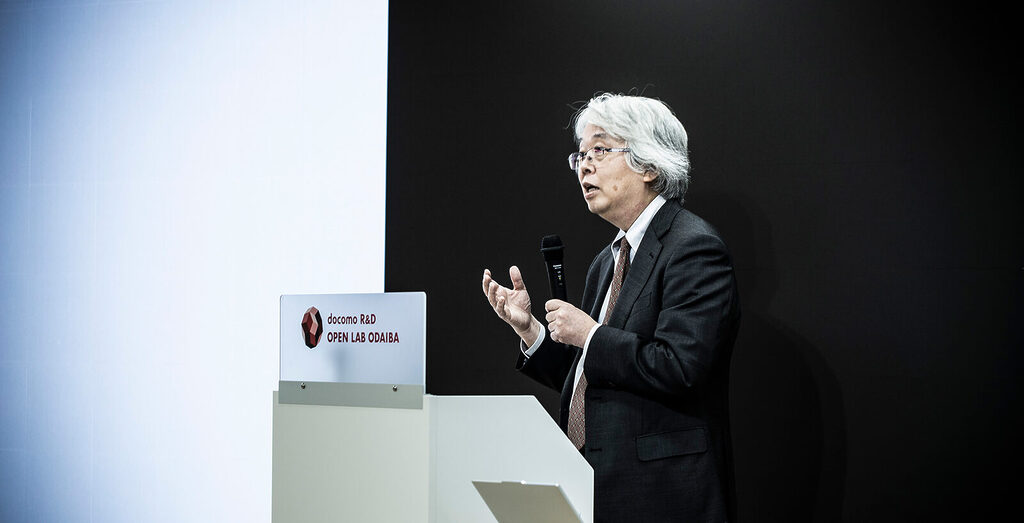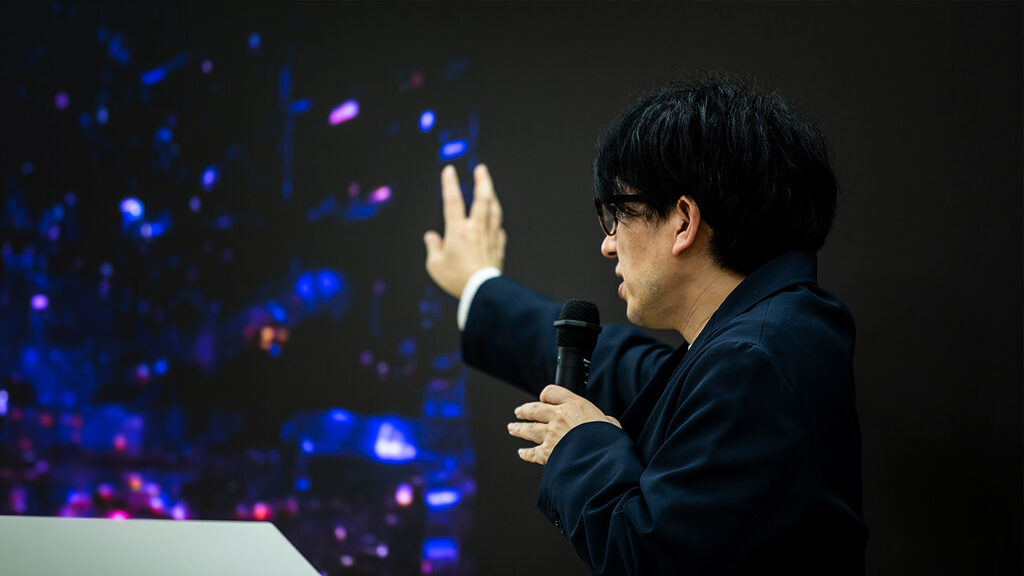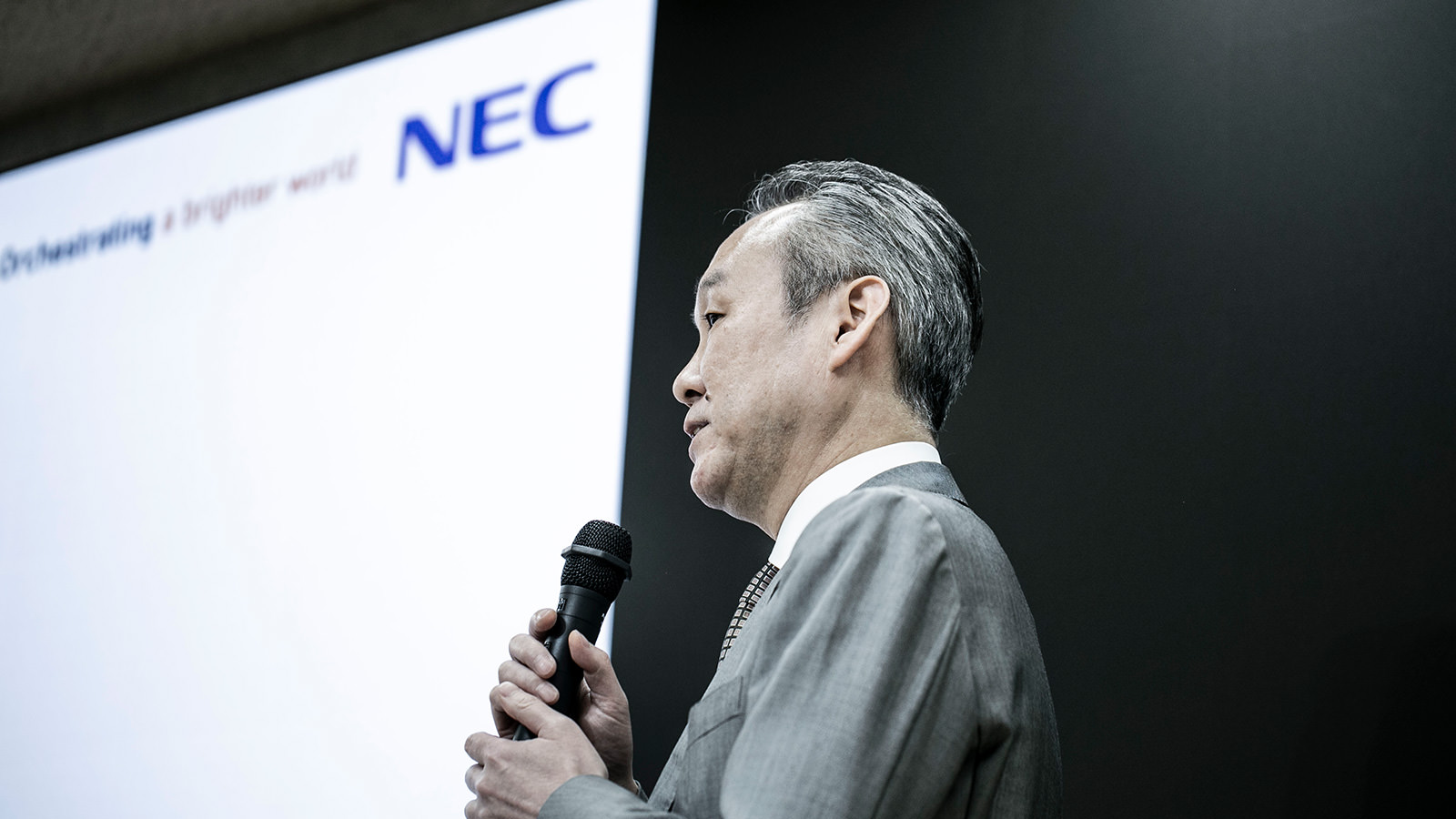
Local 5G and Quantum Annealing Leads to Live Changeable Factories (Koichiro Fujimoto, NEC Corporation)
-XGMF Millimeter Wave Dissemination Promotion Workshop / Japan's Industrial Technology Frontline Report
This year, speakers from NEC, NTT East, and the University of Tokyo took the stage for discussion. In the first part of this report, we report on the presentation by Koichiro Fujimoto, Technology Evangelist, Senior Business Manager, Digital Network Management Division, NEC....
2024/06/27
Posted on 2024/06/27
Discussions on the exciting theme "Quantum Annealing and 5G will transform factories into live" for the manufacturing industry proceeded at the "Frontiers of Japanese Industrial Technology Vol. 5" held in April 2024, a millimeter wave promotion workshop organized by the XG Mobile Promotion Forum (XGMF), which was held in Tokyo, Japan. This time, speakers from NEC, NTT East, and the University of Tokyo took the stage for discussion. In the first part of this report, we report on the presentation by Koichiro Fujimoto, Technology Evangelist, Senior Business Manager, Digital Network Management Division, NEC.
At the origin of 5G (5th generation mobile communication system), the idea was not only to make cell phones more sophisticated, but also to expand the happiness we enjoy by making things in front of us wireless and connected to the Internet. On the other hand, at the time of starting the deployment of 5G, I felt that we had to "liberalize and democratize wireless". I also agreed with Professor Nakao of the University of Tokyo (editor's note: Professor Akihiro Nakao of the Graduate School of the University of Tokyo, who spoke at this session) on the viewpoint of liberalization and democratization. At that time, radio was not freely available in the private sector. It was necessary to combine not only the technology but also the institutional issues that lay ahead and the social significance of making it work as a business. This is what I feel is the significance of local 5G.
To advance local 5G to the practical stage
Local 5G, which allows not only telecommunications carriers but also the private sector to build their own 5G networks, has been promoted on two axes: contribution to local communities and DX (digital transformation) for industry. We have also conducted many demonstration tests under the auspices of the Ministry of Internal Affairs and Communications. However, to be honest, it has not been going well.
Why is that, DX is really promising, but the question is whether it will spread just because local 5G is attached to it. For those who want to improve factory production, there is no reason why it has to be 5G, even if DX is essential. That's where the killer content of local 5G is needed, but looking at the demonstration tests, I get the impression that they are tackling this with a frown. Everything I do, I ask myself, "Are they having fun doing it?" will lead to killer content.
Under such circumstances, the Local 5G Promotion Study Group under the NPO Broadband Association (BA) wanted to prepare an environment where people can enjoy working on local 5G. 2019 saw the start of planning and 2020 saw the start of activities. After many twists and turns, we were finally able to hold the first study group meeting at NTT East in July 2022. The second meeting was held at the University of Tokyo by Dr. Nakao, and the third at our NEC, and at the third meeting held in January 2024, we were able to verify local 5G solutions, such as using video and moving robots, with people who are actually in the business of video and robots. There, people who want to have fun can come and play properly. I thought we had finally reached that stage.
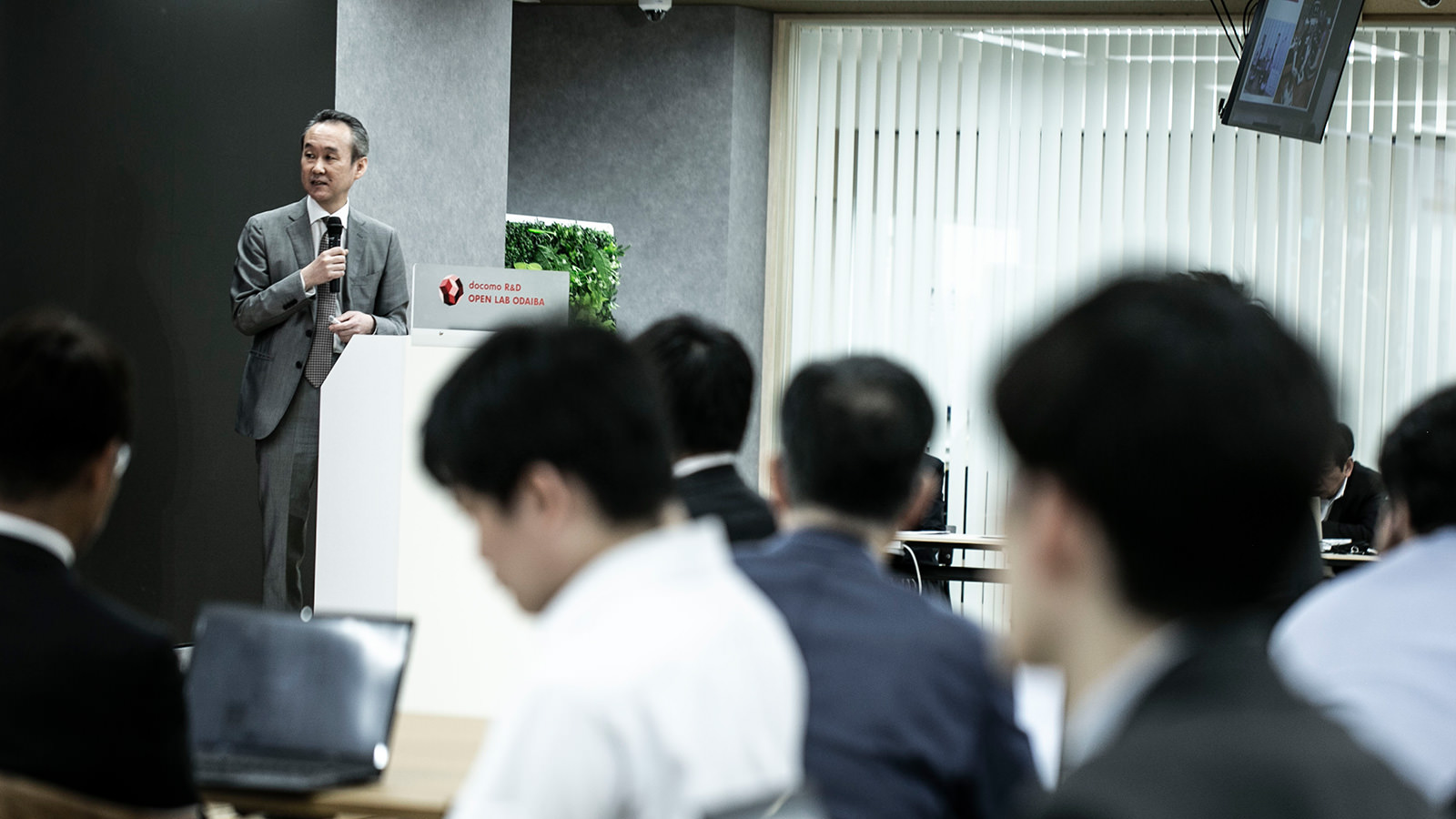
Promoting commercialization from sports broadcasting to exhibition infrastructure and factories
It has been known that many things can be done with local 5G, but actually making it a business is a challenge. Whether in factories, data centers, construction, electric power, railroads, education, or medical care, most of the local 5G introduction cases so far have not gone into production. They have not progressed beyond the stage of demonstration tests funded by the Ministry of Internal Affairs and Communications. The real problem is that the cost cannot be paid for. The cost is so high that it cannot be included in all factories, and it is not available to everyone, even in construction companies. The challenge was to overcome this barrier.
At NEC, we have adopted "Let's play" as a keyword to overcome the barriers. We have been developing our business for several years with the theme set to entertainment. our office floor at NEC is locally 5G enabled, so we are in a situation where we can play if we have a terminal, but it is not really used much because it is not highly necessary.
On the other hand, NEC has adult volleyball and rugby teams. If I think it would be interesting to see 360-degree video or aerial drone photography at these games, I would set up a base station. We also sponsor women's professional golf, so if we barge in and set up a base station, we could do facial recognition via the cloud, and so on. If 10,000 people come to the golf course, where usually only 100 people come, the mobile line of the telecommunication provider may not have enough capacity, but if we insert a local 5G SIM, we can transmit images, I think.

In fact, the golf course had a problem with video relay. We run dozens of kilometers of camera cables to broadcast over a large area, but they are only used once a year. Then, even if we tried to use wireless, the area is too wide for Wi-Fi to reach. In such cases, local 5G is used for live networks and real-time encoded data is relayed for use in the pay-per-view infrastructure of raves.
As a second example of commercialization, we also provide 5G wireless access services at the exhibition site. If exhibitors at the exhibition hall need a communication line, they can borrow a terminal from the exhibition hall and use it immediately, without the organizer having to provide their own line. On-site Internet access can be used without construction. This will become a common infrastructure in the future at exhibition halls, convention centers, concert halls, etc.
As the third example of a business-enabling case study, we are (as an internal case study) making a factory live and business-enabling. We have been testing local 5G in our Kofu factory since 2020 for new use cases that were not possible before, such as remote monitoring of the human part of the manufacturing industry, etc. The factory in Kakegawa City, Shizuoka Prefecture, which started operation in 2023, is implementing an automatic transport system based on the premise of using local 5G on all floors. The factory in Kakegawa City, Shizuoka Prefecture, which will start operation in 2023, is implementing an automated conveyor system based on the assumption that all floors will use local 5G.
Until now, people have carried small parts and other items on hand-pushed carts while using AGVs (unmanned automatic guided vehicles) that travel as ordered via Wi-Fi to perform the conveyance work. This was replaced by an AMR (Autonomous Mobile Transport Robot) that operates completely under autonomous control, making it unmanned. When the situation changes, the AMR autonomously goes where it wants to go, and it can be controlled down to the centimeter. We are constantly uploading video footage to the cloud while monitoring and mapping the situation. Although this is rudimentary, with only the operating part of the robot being digitally twinned, I think it is the first step toward making the factory live. The foundation for precise control with local 5G is now in place.
Quantum annealing as the brain to enable live factory changes
Local 5G will provide the foundation for a digital twin, which leads us to the theme of this session, "With Quantum Annealing and 5G, the factory will be reborn live". First, let me briefly explain what an annealing machine is: NEC has developed and provided a quantum annealing machine as a quantum computer.

An annealing machine is a machine that solves combinatorial optimization problems. It is good at solving problems that until now have been solved by experts based on their experience and intuition. For example, how to pack cardboard boxes for moving into a truck so that they can be loaded properly. There are many optimization problems in the real world, such as sequencing, delivery planning, carrier truck scheduling, carpool scheduling, railroad schedule modification, matching, and resource allocation. We can think about what would happen if we applied these problems to a factory, assuming that there would be no master craftsmen in the future.
As a practical example of a manufacturing site, here is an example from NEC Platforms, an NEC Group company. This is an example of a production planning system at a manufacturing site. This system is not yet on local 5G, and we are in the process of making it compatible with it.
Now look at how the factory story goes: AI presents what and how much should be made, based on previous experience. Quantum annealing, on the other hand, solves problems in complex systems, such as in what order products should be processed and how they should flow together on multiple lines. Production plans that meet deadlines can be solved by quantum annealing to get it right. Planning that used to take an hour for a skilled artisan to devise and rearrange factory lines can be done in seconds with an annealing machine. Annealing machines are ideal for the need to make live changes to a factory in real time. By expanding this scope to multiple lines, the entire factory can be transformed live.
NEC also offers vector annealing services, so the brain part of quantum annealing can be borrowed from the cloud. As NEC has a factory and is proposing value to customers as ourselves, we think we would be very happy if we could provide same-day delivery responses in the future. We often get angry when we are late in responding to delivery deadlines, which leads to lost opportunities. In order for factories to become a tool for business, they need to be live machines that can change things in real time so that they can respond to delivery deadlines on the same day.

When salespeople are asked if they can put in a large volume of orders, if they can quickly answer, "We can do it in three days," by solving optimization problems with annealing machines and using local 5G to control the digital-twinned factory, they can provide value to their customers. not just 5G and local 5G, If we use XG, such as Beyond 5G and 6G, and the real and cyber merge, the era will shift to live digital twinning. Then, of course, factories. We believe that even the whole city will become a venue for live DX transformation.
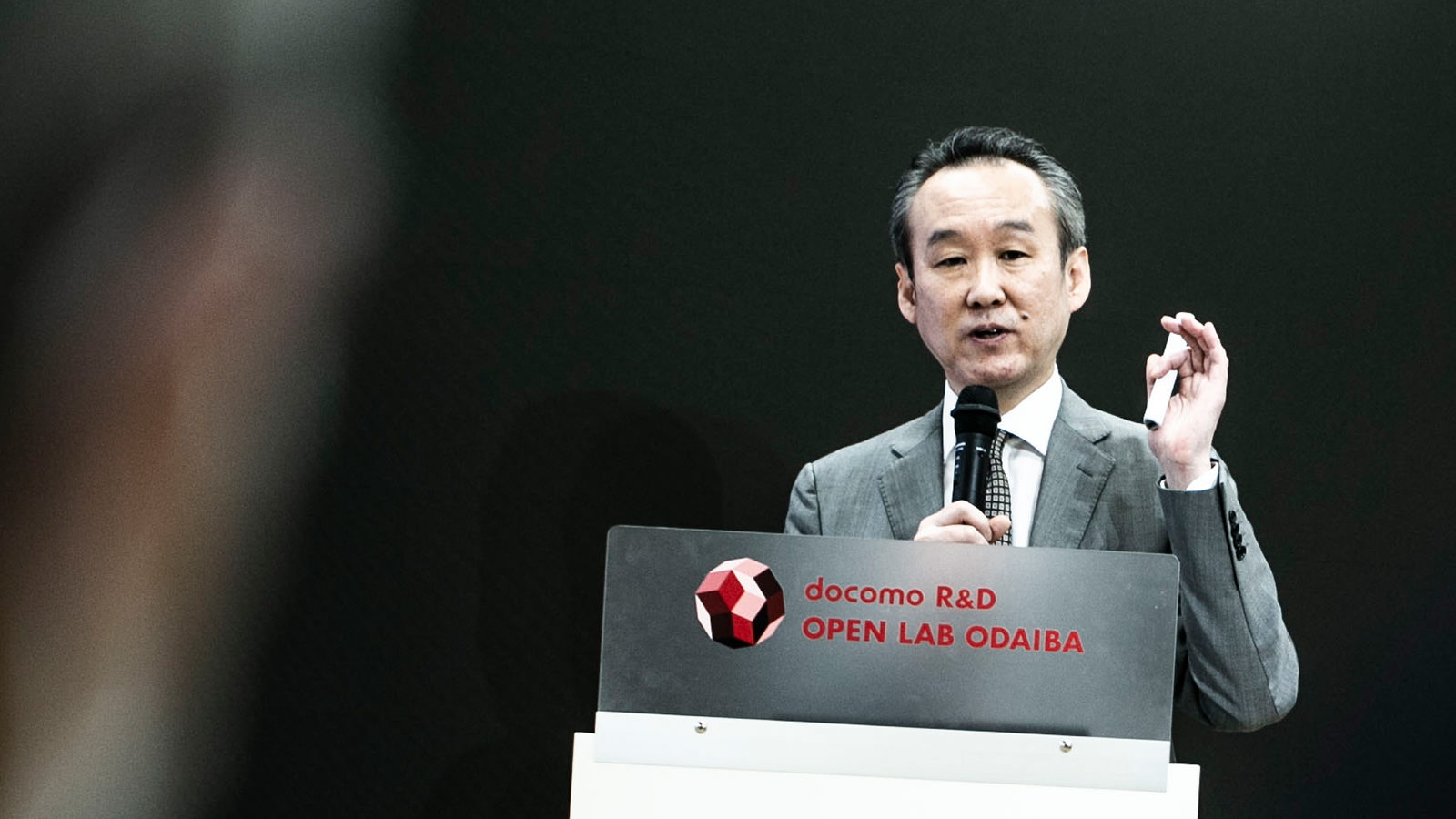
Koichiro Fujimoto
Senior Business Manager / Technology Evangelist, Satellite Constellation Business Development Office, Aerospace Division, NEC Corporation
He joined NEC in 1993 and was involved in R&D, standardization, and new business development in the early days of Internet-related business. From 2002 to 2008, he was stationed at NEC America, where he was involved in technology development and collaboration with venture companies in Silicon Valley. After returning to NEC, he worked on promotion of Smart Grid, MVNO, SDN, NFV, etc. in Corporate Planning Department and Business Development Department.


